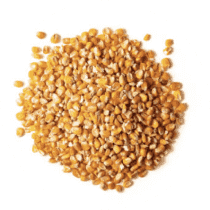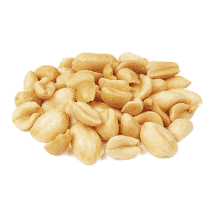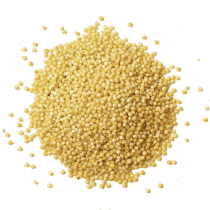Eastern Towhee
A species of Towhee Scientific name : Pipilo erythrophthalmus Genus : Towhee
Eastern Towhee, A species of Towhee
Botanical name: Pipilo erythrophthalmus
Genus: Towhee
Content
Description People often ask General Info
 Photo By Andy Reago & Chrissy McClarren , used under CC-BY-2.0 /Cropped and compressed from original
Photo By Andy Reago & Chrissy McClarren , used under CC-BY-2.0 /Cropped and compressed from original Description
This larger sparrow has distinctly striking markings, ranging in color from a deep black to a warmer russet. The eastern Towhee typically sticks to the undergrowth both for protection and to rummage for food. Many observers have noticed that for a small bird, it makes an impressive amount of noise as it rummages around.
Size
18 - 19 cm
Life Expectancy
12 years
Nest Placement
Ground
Clutch Size
2 - 6 eggs
Incubation Period
1 - 3 broods
Number of Broods
12 - 13 days
Nestling Period
10 - 12 days
Feeding Habits
Eastern Towhee's diet consists of seeds, fruits, insects, spiders, snails, and occasionally small amphibians, snakes, and lizards. They show a seasonal diet shift: plant matter constitutes 79-85% in fall/winter but drops to 43-53% during spring/summer, indicating a higher intake of animal matter in breeding season. They forage on the ground and at feeders.
Habitat
Eastern Towhee predominantly inhabits areas where forest meets open space, thriving at forest edges, overgrown fields, and dense thickets often found in suburban backyards. These birds show a preference for early successional stands and brushy habitat margins typical in eastern woodlands. Crucial to their habitat are dense shrub layers and a rich presence of leaf litter for foraging. Eastern Towhee is adapted to various altitudes, ranging up to 6,500 feet in the Appalachians, with a marked partiality for warmer, drier south-facing slopes over the cooler and more humid north-facing slopes.
Nest Behavior
Eastern Towhee's nesting begins with the female building the nest for up to 5 days. After construction, she lays the eggs and assumes the predominant role in incubation and caring for the young.
Nest Characteristics
Eastern Towhee constructs nests either on the ground within fallen leaves or up to 4 feet high in shrubs and vines. The outer cup measures around 4 inches wide, comprising bark strips, twigs, and leaves, while the inner cup is lined with fine grasses and rootlets.
Dite type
Omnivorous
People often ask
General Info
Feeding Habits
Bird food type

Black Oil Sunflower Seeds

Hulled Sunflower Seeds

Cracked Corn

Peanut Hearts

Millet

Milo
Bird Feeder Type

Platform

Ground
Sounds
Call
Recording location: United States
Song
Recording location: United States
Behavior
Eastern Towhee display notable foraging behavior by rummaging in leaf litter and navigating thick shrubs, primarily using a unique two-footed backward hop to unearth food. These birds are diurnal, with their daily routines involving deliberate hopping movements and vigilant searching for sustenance. In their interactions, males initially chase females entering their territory, but gradually transition from intolerant to attentive. Eastern Towhee are also known for their striking white tail corners, which they conspicuously flick and flash, especially in the presence of other eastern Towhee or when they sense a disturbance.
Distribution Area
The eastern towhee occurs throughout the eastern United States and southeast Canada. Occurrences from southern Saskatchewan, southwest Ontario and Quebec south to Florida, and west to eastern Texas are noted in a literature review. Populations north of southern New England through northern Indiana and Illinois to southern Iowa primarily are summer residents.
Species Status
Not globally threatened.

 Photo By Andy Reago & Chrissy McClarren , used under CC-BY-2.0 /Cropped and compressed from original
Photo By Andy Reago & Chrissy McClarren , used under CC-BY-2.0 /Cropped and compressed from original Scientific Classification
Phylum
Chordates Class
Birds Order
Perching birds Family
New world sparrows Genus
Towhee Species
Eastern Towhee